Rising Demand for Multilingualism
The Online Language Learning Market experiences a notable surge in demand for multilingualism, driven by the increasing interconnectedness of economies and cultures. As businesses expand internationally, the need for employees proficient in multiple languages becomes paramount. Recent data indicates that approximately 75% of employers prioritize language skills in their hiring processes. This trend is further fueled by the growing number of expatriates and international students seeking language proficiency to enhance their career prospects. Consequently, language learning platforms are adapting their offerings to cater to this demand, providing tailored courses that focus on practical language use in professional settings. The Online Language Learning Market is thus positioned to benefit from this rising demand, as individuals and organizations alike recognize the value of multilingual capabilities in a competitive job market.
Growing Popularity of Online Learning
The Online Language Learning Market benefits from the growing popularity of online learning as a preferred mode of education. With the increasing availability of high-speed internet and the proliferation of digital devices, learners are more inclined to pursue language courses online. Recent statistics reveal that online learning enrollment has surged by over 40% in the past few years, indicating a shift in educational preferences. This trend is particularly pronounced among younger demographics, who favor the flexibility and accessibility that online platforms offer. As traditional educational institutions adapt to this shift, language learning platforms are likely to expand their offerings to meet the evolving needs of learners. The Online Language Learning Market is thus poised for continued growth as more individuals seek convenient and effective ways to acquire new language skills.
Increased Focus on Cultural Competence
The Online Language Learning Market is increasingly influenced by a heightened focus on cultural competence. As globalization fosters diverse workplaces, organizations recognize the importance of cultural awareness alongside language proficiency. Language learning platforms are responding by incorporating cultural education into their curricula, enabling learners to understand the nuances of language use in different cultural contexts. This approach not only enhances communication skills but also fosters better interpersonal relationships in multicultural environments. Recent surveys indicate that 68% of employers value cultural competence as a critical skill in their workforce. Consequently, the Online Language Learning Market is likely to see a rise in demand for courses that emphasize cultural understanding, further enriching the learning experience and preparing individuals for success in diverse settings.
Technological Advancements in Learning Tools
Technological advancements play a pivotal role in shaping the Online Language Learning Market. The integration of innovative tools such as virtual reality, augmented reality, and gamification enhances the learning experience, making it more engaging and effective. For instance, platforms that utilize gamified elements report a 30% increase in user retention rates. Furthermore, the proliferation of mobile applications allows learners to access language resources anytime and anywhere, catering to the needs of a mobile-centric audience. As technology continues to evolve, language learning platforms are likely to incorporate artificial intelligence to provide personalized learning experiences, adapting to individual learner needs and preferences. This technological evolution not only attracts new users but also retains existing ones, thereby driving growth within the Online Language Learning Market.
Expansion of Corporate Language Training Programs
The Online Language Learning Market is witnessing an expansion in corporate language training programs, driven by the need for businesses to enhance employee communication skills. Companies are increasingly investing in language training to improve collaboration among diverse teams and to facilitate better client interactions in international markets. Recent data suggests that nearly 60% of organizations are implementing language training initiatives to boost employee performance and satisfaction. This trend is particularly evident in multinational corporations, where effective communication across language barriers is crucial for operational success. As a result, language learning platforms are likely to tailor their offerings to meet the specific needs of corporate clients, providing customized training solutions. The Online Language Learning Market stands to gain from this trend, as businesses recognize the value of language proficiency in achieving their strategic objectives.
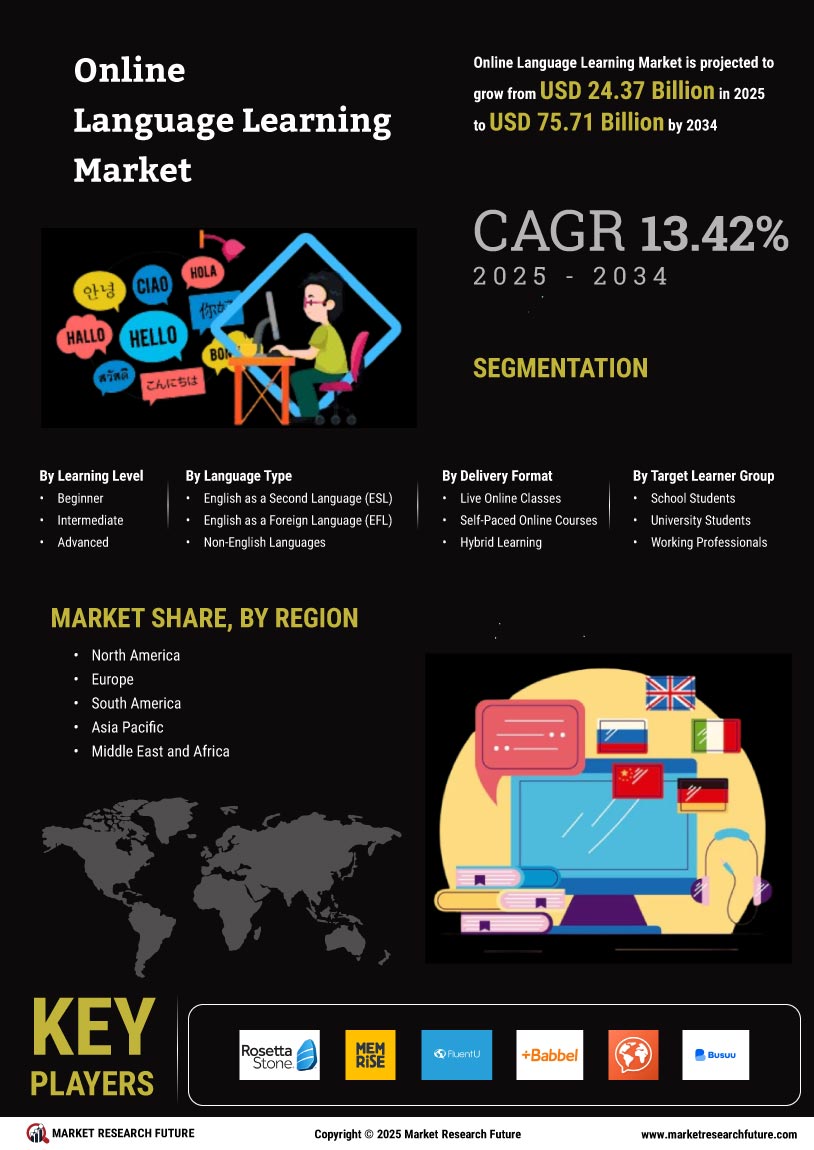

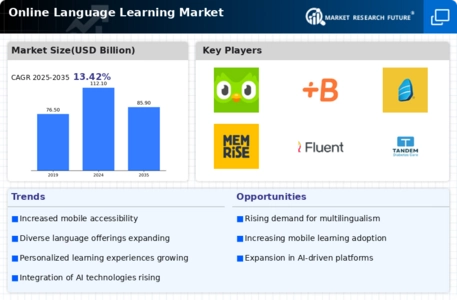
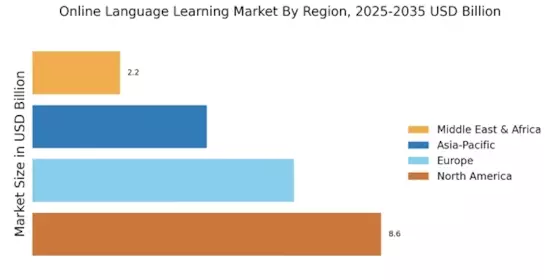
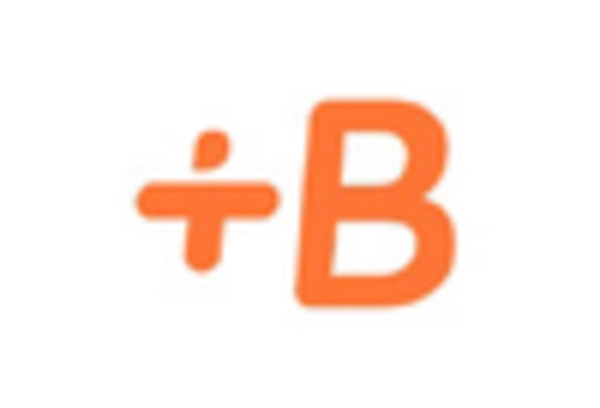


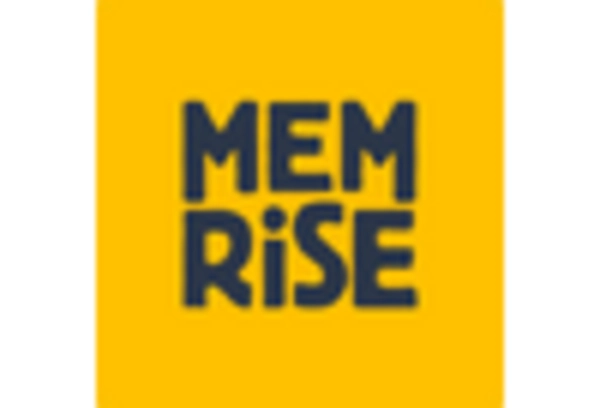










Leave a Comment